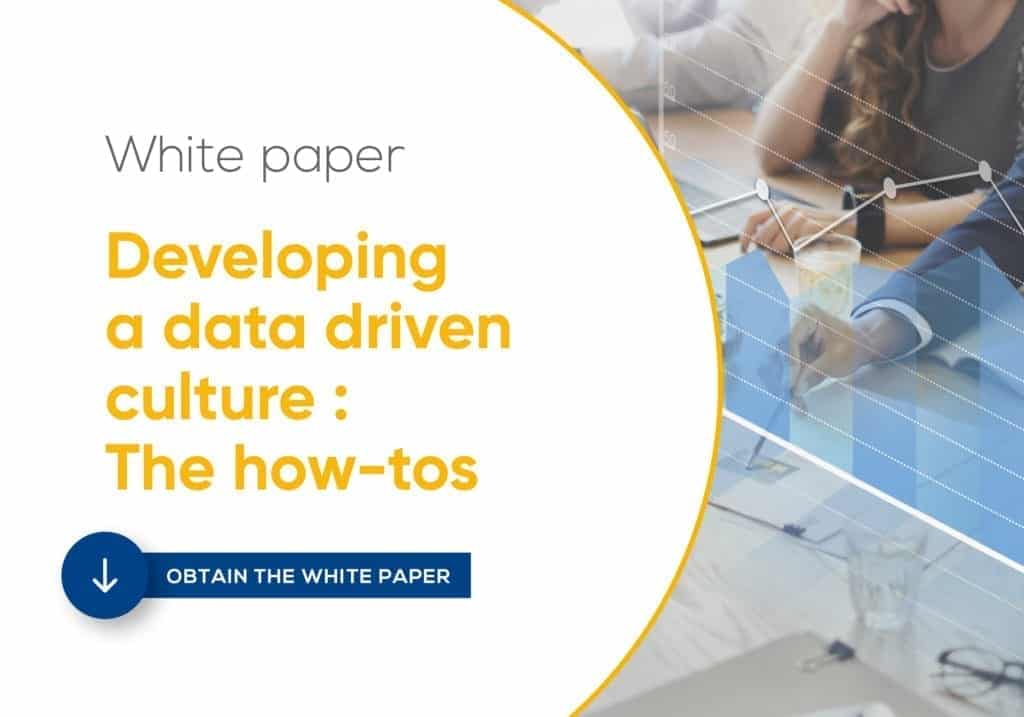Using data and digital technology drives companies to review their working methods. Management methods must evolve to accompany this transformation. By using multiple data sources, agile organisations can be developed and an environment which favours creativity. This is often called data driven management. But how to implement these new management methods in practice? How to coordinate teams around data? These are all questions that we will attempt to answer in this article.
Data driven management : Communicate to and inform teams

To do this, several means are available: By email, by instant messaging systems such as Slack, in dashboards, paper display, digital displays … In the era of the digital workplace, we recommend that you implement digital tools, easier to update and develop, more attractive to your teams. Visual management screens are an excellent way to promote the communication of internal and external information. This also allows companies with several sites to communicate with teams no matter where they are located. Everyone has the same level of information, which brings teams together.
Data-driven management : Encourage cooperation
Establishing data driven management favours collaboration between teams and the commitment of employees. A clear vision of activity at any one time allows you to evaluate the current workload and to mobilise the resources to meet the requirements. Of course, with better visibility, areas which are underutilised may be able to assist temporarily those who need it.
In the data driven management approach, it is important to communicate KPIs but also best practices, tops and flops but also action plans with a view to solving problems as part of continuous improvement … to find solutions to issues quickly and not allow the situation to deteriorate. Teams will be more engaged in their missions, as they are listened to and their feedback valued. It is well known: That the engagement of employees is a source of value to companies.
Data-driven management : Coordinate and federate your teams around data

With data driven management, the role of managers changes : It becomes more of a coordination role than one of giving orders. Do not hesitate to reinforce this transformation by offering team members the opportunity to chair team briefings (if they are willing); this reinforces their commitment. Initially, this requires more preparation time by management (define the information to display, build dashboards, update files …) but there are enormous time savings down the line as teams improve their productivity and engagement. By facilitating information sharing, visual management helps to highlight the little problems which can hold up operations. The company therefore needs to meet these challenges head on and adapt to find solutions. Just as visual management will also be used to illustrate progress made and celebrate collective successes!
If visual management allows you to improve team working and productivity as part of a data-driven approach, take care not to bury your teams in information, at the risk of losing focus. It is an additional means of communication, but is not a substitute for other collaborative tools or ways of exploiting data. If you would like to use this approach but don’t know where to start… Do not hesitate to look for support from an expert partner.




